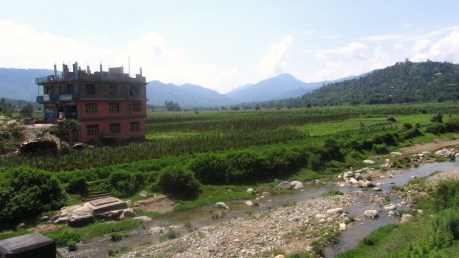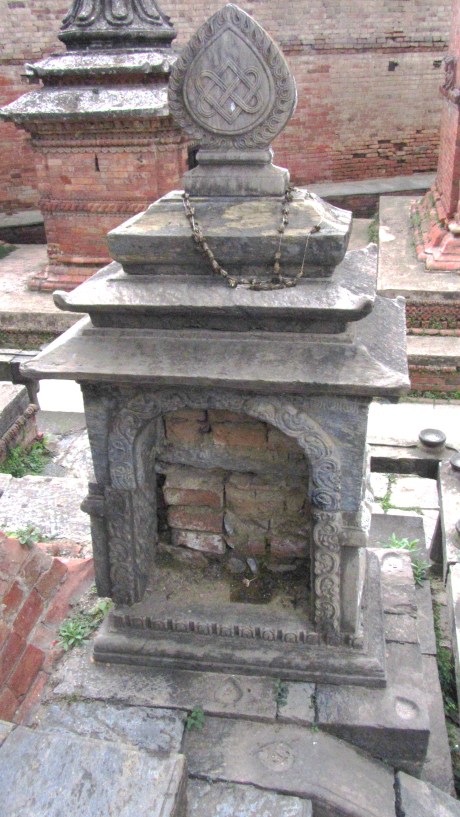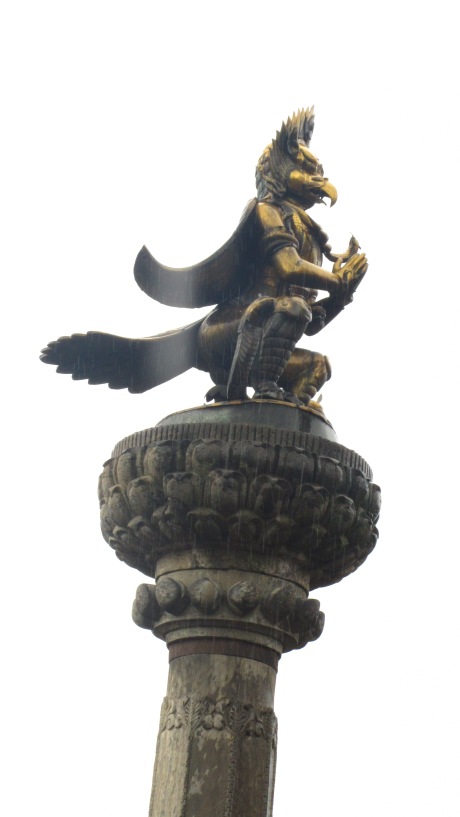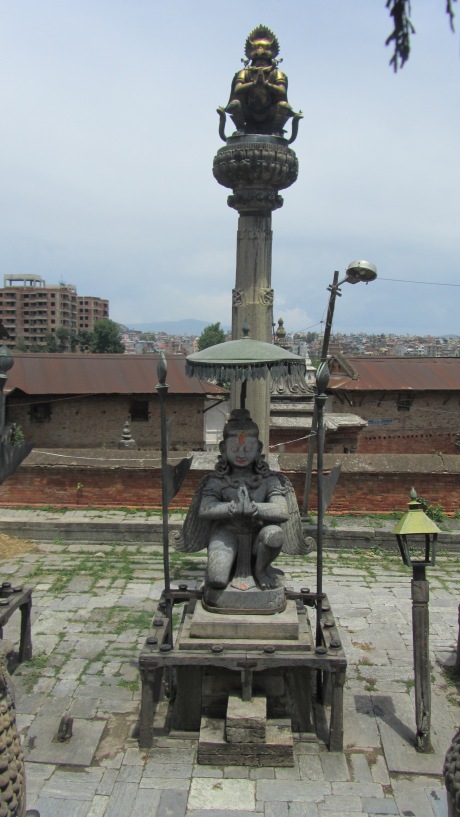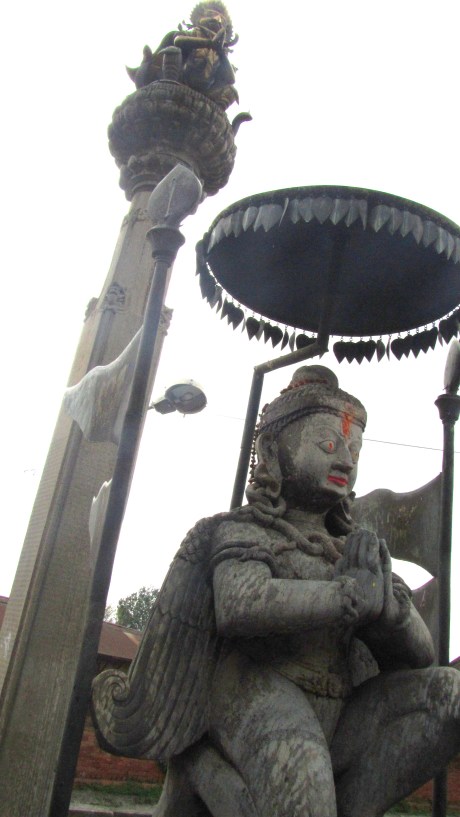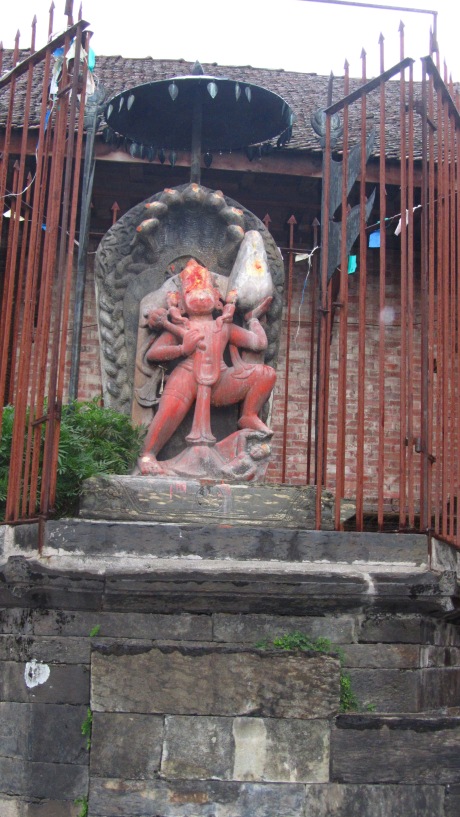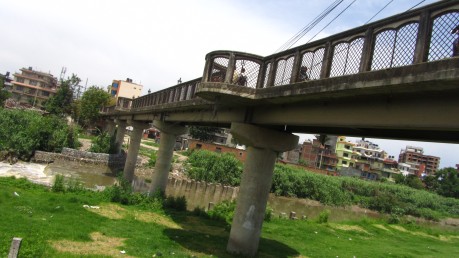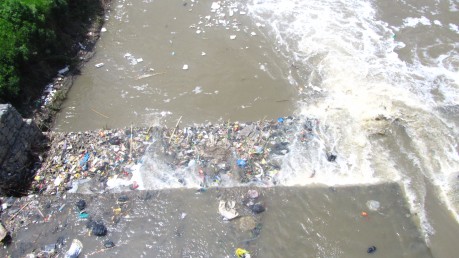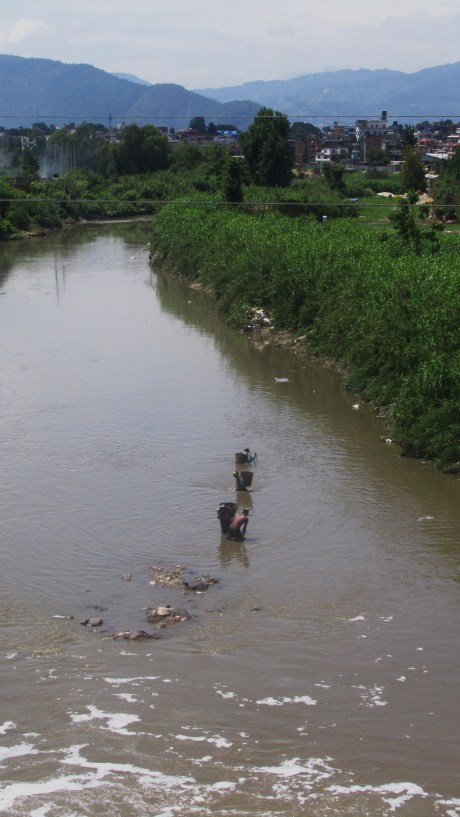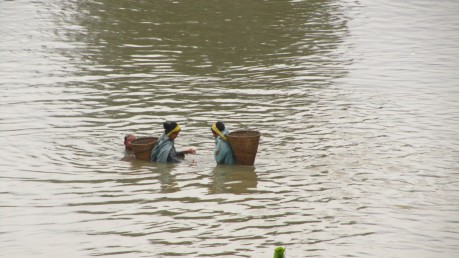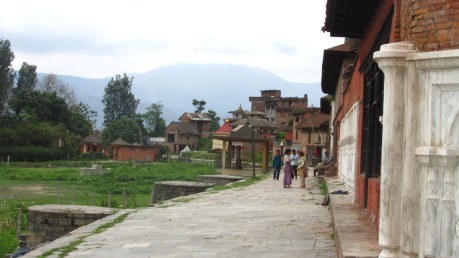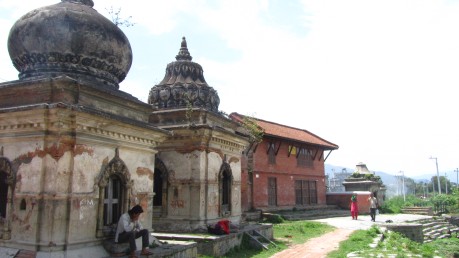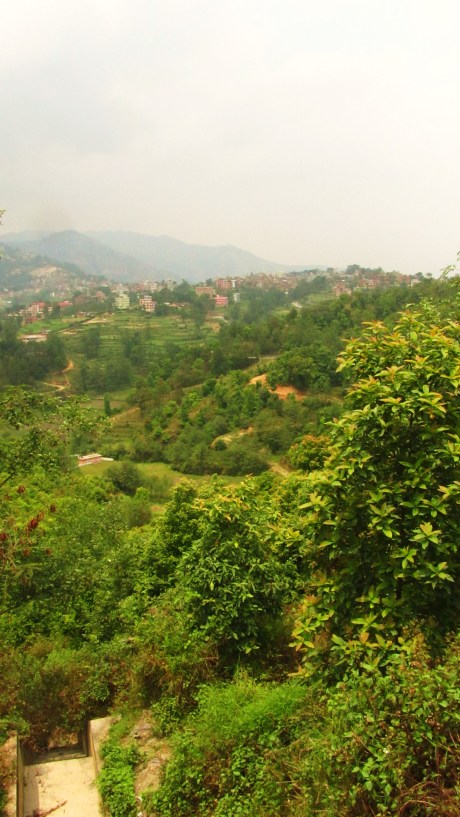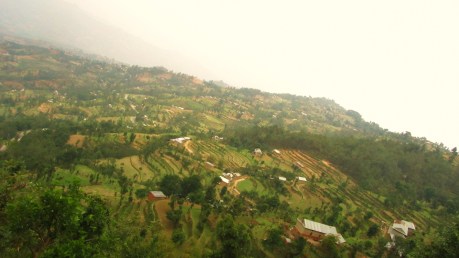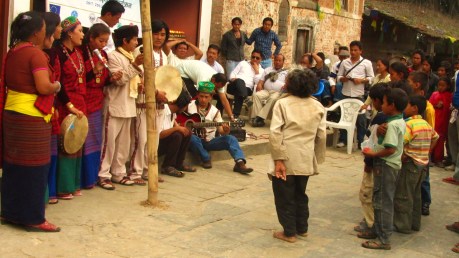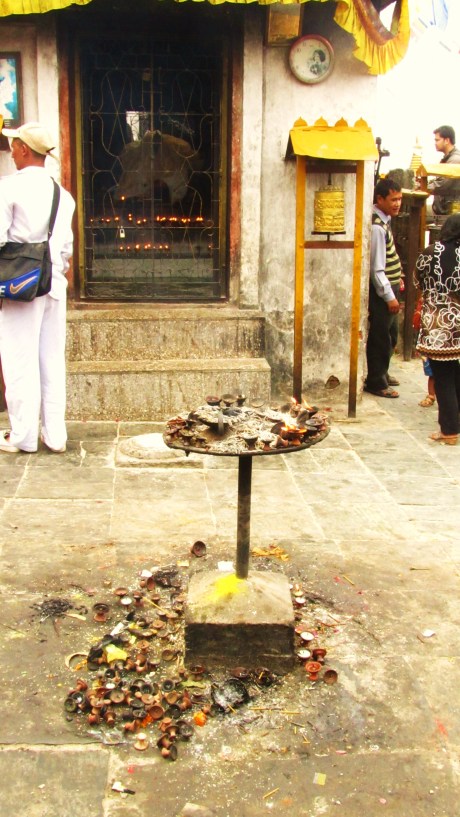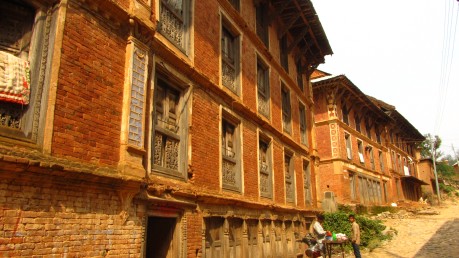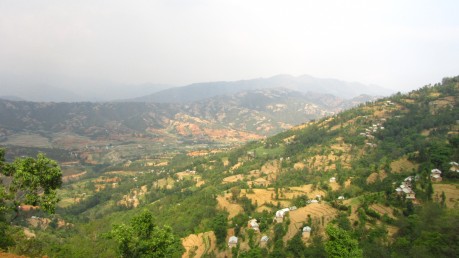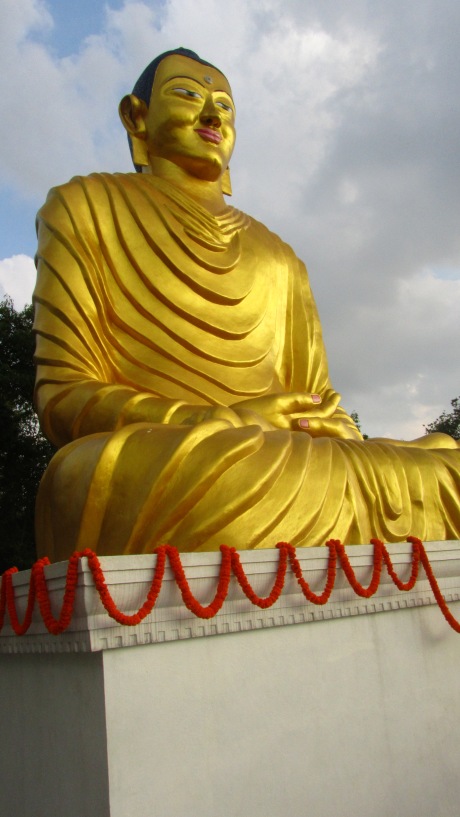 Oh, East is East, and West is West, and never the twain shall meet,
Oh, East is East, and West is West, and never the twain shall meet,
Till Earth and Sky stand presently at God’s great Judgment Seat;
But there is neither East nor West, Border, nor Breed, nor Birth,
When two strong men stand face to face,
tho’ they come from the ends of the earth!
– Rudyard Kipling
Orhan Pamuk is a Turkish novelist who received the Nobel Prize for Literature in 2006. He belongs to the so called “Postmodernist” group of writers which includes Columbia’s Gabria Garcia Marquez, Argentina’s Jorge Luis Borges, Italy’s Umberto Eco and America’s Don DeLillo. “Postmodernist” is just a tag for the unclassifiable. In similar fashion, Orhan Pamuk’s most successful novel “My Name is Red” has been called “Postmodern”
If you consider the details of this book, then you’d realize that “My Name is Red” is a serious challenge of classification. Here are some aspects of the book:
1. The book consists of 59 chapter, each a monologue by a different character. Thus you have a story told with multiple perspectives with many narrators.
2. The main thread of the novel is a murder mystery involving the death of a renowned miniaturist illustrating a top secret book.
3. The novel is a period piece in 16th century Ottoman Empire
4. There is a built in love story in the book
The first chapter in the novel is a woeful monologue by a corpse. The corpse is that of Elegant Effendi, a renowned miniaturist. While the plot device of most thrillers involve something in the lines of a potential nuclear disaster or an insidious homicidal maniac, My Name is Red involves something more subtle: an agent of cultural change. The Ottoman Empire in the 16th century was at the time at the height of its power and influence, yet remained an insular empire. This was reflected in the Ottoman Miniatures (Illustrated Books) which complied to strict Islamic conventions which included flat faces and no perspective. At the same time, Europe was undergoing its Renaissance period of artistic and cultural reinvention when Da Vinci and Michelangelo were the rage of town. So the Sultan decides to commission a book illustrated in the “New Venetian Style” in order to compete with the Venetian luminaries. But there are those who resist and cling to the status quo. The old style of miniature painting was justified with Islamic theology so naturally adjusting to the “new venetian style” would require a crisis of faith. As a result one of the miniaturists ends up murdered and puts the project which would unite the Eastern and Western styles for the first time in trouble. This is when the main character, Black (what a horrible name) is caught in the web of events in order to win his love interest. Or at least that is the main thread of the novel.
In literary terms, My Name is Red is a stylish book with unusual literary techniques. The mode of narration of events in this novel is amusing: each chapter has a different narrator. This gives an organic reading experience as Pamuk constructs his world of art and politics in 16th century Turkey. The monologues consists of the main characters lamenting about the problems of their life. But then there are also unconventional monologues which include those from the color red, Satan, a dog, etc. They add flavor and originality to the book and at times even comic relief.
The language is fluid and full of long expressive sentences that are masterfully translated. Pamuk shows dedicated artists or miniaturists who have a fervent devotion towards art and liken art to god or religion. However, during the course of the book we also witness the staining of art due to the old, tasteless politics of the “East vs. West”. We get a peek into how extremism and fundamentalism develop when politicians take advantage of poverty, illiteracy and xenophobia of the masses and the exaggeration of certain ideals (think Taliban). And we see Pamuk, a secular Muslim, testify his love for divine nature of art and his frustration towards an increasingly radical Muslim world.
Although a difficult and demanding book, I was enthralled by Pamuk’s foray into the darker side of faith and the timelessness of art itself. My Name is Red is a book that will stay with me as I grow as a writer.
PHOTOS: (SOURCE: WIKIPEDIA.ORG)

"The new Venetian style"

An Ottoman Miniaturist at Work (Drawn in the Typical Minature Style)

Your Typical Miniature Illustration (Note the Chinese Influence)

A Typical Minature Scenery (Note the Lack of Perspective)

A Miniature Supreme (This Illustration Depicts Muhammad, whose Face is Veiled for Dogmatic Reasons, in his Trip to Heaven. This Visit of Heaven is Known as Miraj)

